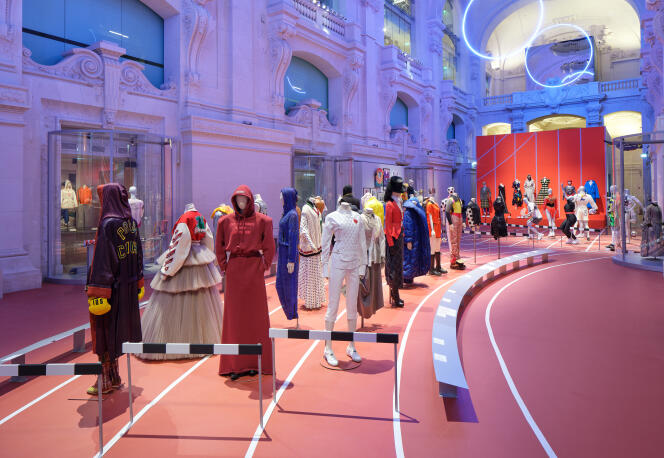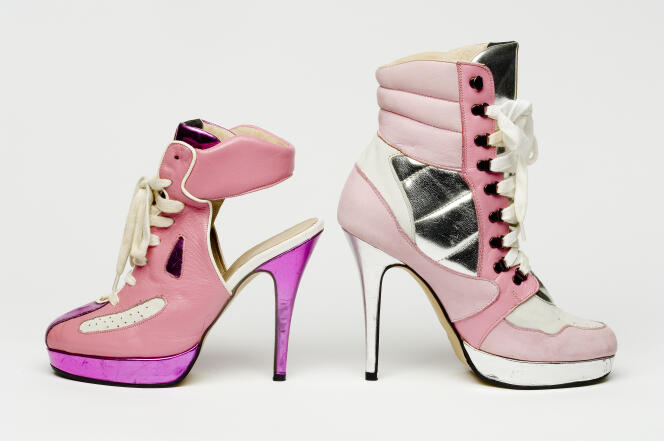


It's all hands on deck in the run-up to the Olympic Games, to be held in Paris from July 26, 2024. After the Palais Galliera, which is presenting its Fashion in Motion exhibition until September 7, 2025, it's now the turn of the Musée des Arts Décoratifs to show the many links that unite fashion and sport, through a richly documented display. Entitled Fashion and Sport, From One Catwalk to Another, the exhibition will run until April 7, 2024.
Sophie Lemahieu, curator of the exhibition and of the institution's fashion and textiles department, has set herself a task: to tell the story of the rise of sport through clothing and, conversely, to decipher how clothing has been fashioned over time to promote the athletic body. The chronological and thematic layout of the exhibition offers a perfect immersion in the sociology of sport, and in the sociology of fashion. "The democratization of sporting activities has meant that clothing has become increasingly comfortable and less restrictive," said Lemahieu.
The first few rooms, devoted to the medieval era of equestrian jousting, show just how restrictive clothing was, when armor and other iron protections prevented movement. We then discover how the arrival of the bicycle overturned clothing habits, particularly those of women who opted for the divided skirt from the end of the 19th century, or how soccer or rugby teams were structured, particularly in the English universities of the 19th century. And with them, the arrival of jersey shirts, more supple and breathable than cotton shirts.

The exhibition then looks at various sporting practices and the clothes associated with them. We (re) discover the links between tennis player Suzanne Lenglen and couturier Jean Patou, an avant-garde duo who worked on the tennis courts, where the young woman unleashed her movements in light cotton dresses in the 1920s. We also see the famous petit piqué cotton polo shirt designed by René Lacoste in 1933, as well as the first swimwear, mid-length dresses with corsets, long sleeves and long pants for women, and how sportswear became part of everyday habits and wardrobes.
Popularized in the French press as early as 1928, this Anglo-Saxon term eventually did no more than point to what the times dictated, namely an acceleration of sporting activity, recommended at the time by doctors. Thus, as early as 1923, Jeanne Lanvin introduced a sports department into her collections, as did Patou and Gabrielle Chanel, who used supple jersey in her garments to enhance the body's freedom. "Sport quickly inspired couturiers and fashion designers. Some, in fact, were confirmed sportsmen before becoming designers, like Emilio Pucci, who was a member of the 1936 Italian Olympic team as a skier, or Ottavio Missoni, several times Italian champion in the 400-meter race," said the exhibition curator.
You have 35% of this article left to read. The rest is for subscribers only.
